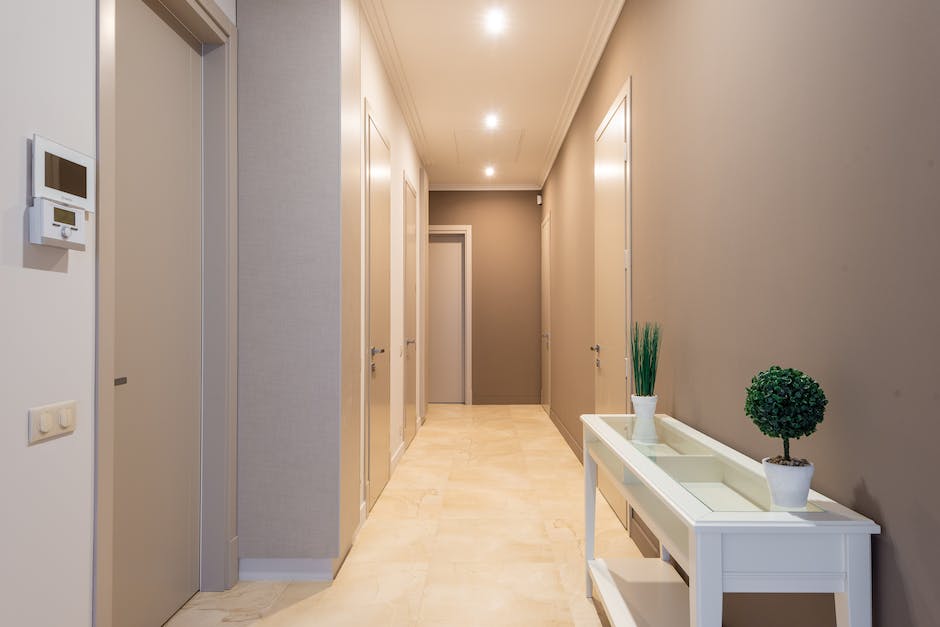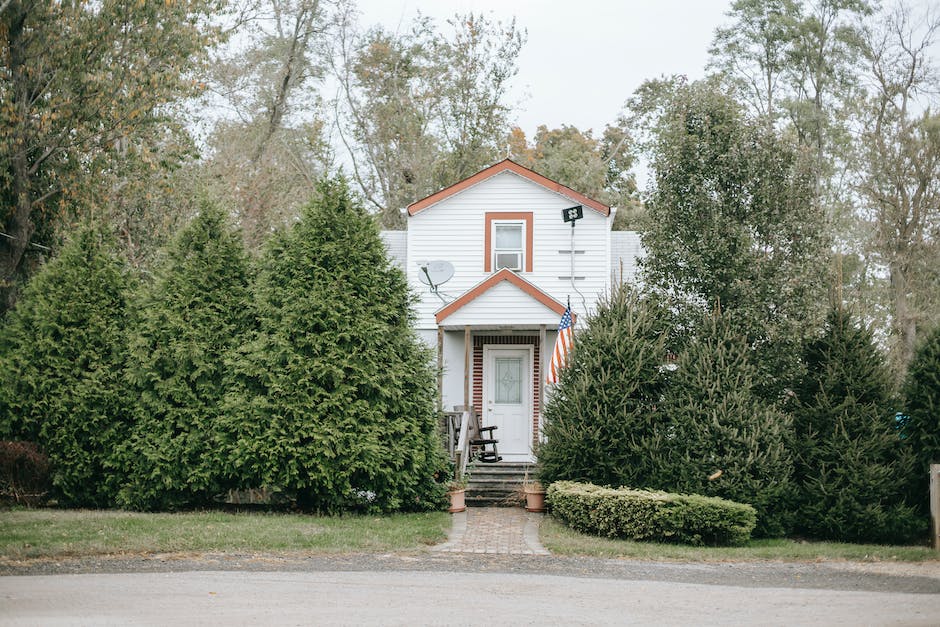
When your building needs a facelift, or you want to refinance your existing building into a new, more luxurious one nearby? Then it is time to find a loan!
Refinancing a building is typically not for the faint of heart. After all, if you are in the business of renting or selling property, then obviously your responsibility is to make sure the loan process is closed and approved.
But this process has its perks. When you get the chance to walk through your new apartment or house at closing time, you can make sure everything is in order and that you are getting what you paid for.
There are several ways to refinance a building, so do not worry if there are some tough steps involved.
Evaluate your current loan

Most loans are made on the basis of a property’s existing value, so it is important to evaluate your current loan for its effects on your property, your loan, and the community.
Can you afford to reduce the value of the property in order to make a new loan? If so, a foreclosure or short sale may be your best option. If not, there are many options for refinancing, includingHUD-approved low-to-no down payment loans.
Are there other loans that can be used to revaluate the property? Is there another site or building where you can work? These questions should be asked before closing any new loans.
It is also important to evaluate how much money was still owed on the previous loan when trying to rewire the piece. If there were substantial debtors still owed money, then it would help in this process.
Prepare documentation for your new loan

Before applying for a refinancing, make sure you have the necessary documents to refinance your building. You will need to have all of your financial records, recent appraisal reports, and any new construction or renovations that were financed with previous loans.
Some common requirements for new refinanced loans are: being able to show proof of income during regular business hours for three months prior to applying for credit, a valid business license or permit in your area, and being able to demonstrate a reasonable ability to pay off the debt in full at a future date.
Be aware that if your building does not qualify for conventional financing, then it may be possible to apply for an alternative loan such as a refinanced second mortgage.
Find a reputable lender
Find a qualified, reputable lender when you need to refinance your commercial property, hotel, or apartment building. Most banks are not only but recommend against doing a refinance of an extremely valuable asset such as a commercial property.
In most cases, they will charge more than they would to issue a new loan for the property. Also, most small businesses cannot afford their own professional advice when it comes to refinancing a loan.
A qualified and reputable lender can easily give you different names for your loan such as first mortgage, second mortgage, etc. This is important because if you still have negative equity on your current loan, you can seek relief from your new one with the same rights and responsibilities.
Identify which property you want to refinance

When you want to refinance a commercial property, hotel, or apartment building, you will need to determine which properties make up your building.
There are three main ways to divide a building into areas: air rights, easement rights, and public access. Air rights relate to who has access to the outdoors and how people get around in the building. Easement rights relate to who can go about their business in the building and who can use the exterior for purposes.
If you have occupants that do not agree with each other or do not agree with changes being made to the property, you may be faced with a battle in court or giving them an “escape” door closes. Easement rights or air rights related properties are what you want to refinance your building onto.
Determine the value of your property

After a foreclosure or sale, your property may have a fair amount of debt on it. This can be difficult to determine the value of, especially if it is a large property with many users.
Many times, equipment and books are used to determine value. However, in this increasingly complicated world where everything is priced in dollars and where things like serviceability and location play such a large role, it can be tough to find out.
It is always best to check with a qualified valuation before deciding what value your property may have.
However, there are some ways to cost-refinance your property so that people without a license can use it.
Check for any outstanding liens or debts on your property

If you’re looking to refinance your commercial real estate, the most important thing to check for outstanding debts on your property is the IRS-required debt dischargement tool, Check CFP.
The tool allows you to look up any past debts on your property using a database, and if one has been discharged through bankruptcy or other legal action, it can check to see if you still owe money.
If one has been paid off, there is still a chance that another party may come forward and try to collect what they owe. By having the debt dischargement tool checked by Check CFP, you may be able to prevent any future debt collectors from coming after your property.
Create a business plan for refinancing your property

Once you’ve identified your goals as well as the steps needed to reach them, you can start creating your business plan for this process.
This plan can be made into a book, providing step-by-step instructions for how to refinance your commercial property, hotel, or apartment building. It’s a powerful way to attract new tenants and investment, making a huge impact on your business and income.
Mostly private housing projects and buildings do not have banks or credit unions that offer refinancing services. If you need to change banks or lenders, it will be difficult and expensive to switch again.
Update your financial situation and assets

If your building is at or above the REO (Real Estate Option Asset) level, it is time to look into refinancing your building. While there are fees associated with this process, it can save you a substantial amount of money in the long run.
As an investor, you can look at several ways to refinance your building. The most common way to refinance a property is through a loan modification. This takes a few months to get done, but when done it saves you a substantial amount of money.
Another way to refinance your property is by using asset sales. By selling off some of your assets such as rent payments or apartments you can lower the amount of money that needs to be taken out of the system. Lastly, you can refinanced through debt forgiveness programs such as SBA lending or private lenders.
While none of these methods take away from the need for credit but, all things considered they may be worth looking into.

